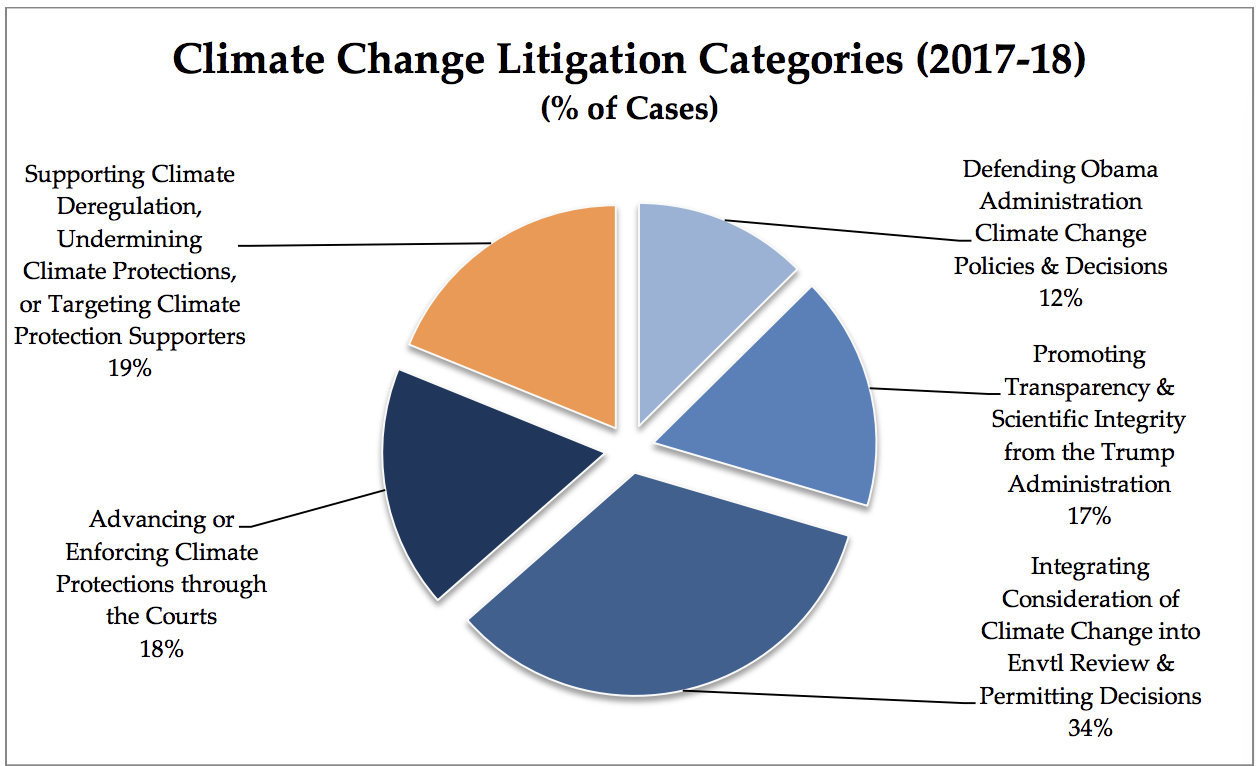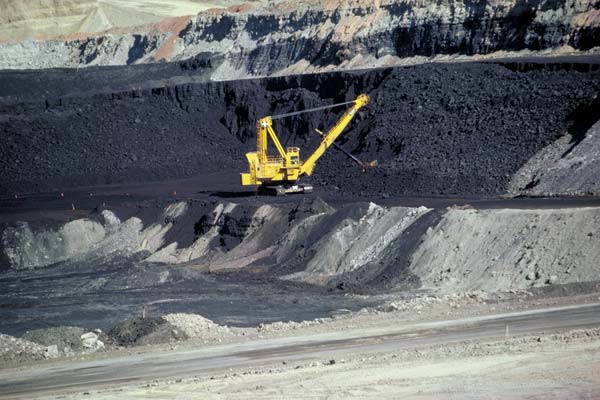Jennifer M. Klein, Esq.
Associate Director & Fellow
 The Federal Energy Regulatory Commission (“FERC”) recently directed a company seeking to build a natural gas facility to submit information regarding potential climate change impacts on the facility. FERC’s instructions come after the Sabin Center for Climate Change Law (“SCCCL”) submitted letters to the agency regarding its legal obligation to consider future climate conditions when reviewing proposed projects.
The Federal Energy Regulatory Commission (“FERC”) recently directed a company seeking to build a natural gas facility to submit information regarding potential climate change impacts on the facility. FERC’s instructions come after the Sabin Center for Climate Change Law (“SCCCL”) submitted letters to the agency regarding its legal obligation to consider future climate conditions when reviewing proposed projects.
Louisiana LNG Energy, LLC (“LLNGE”) is seeking approval from FERC to build and operate a liquefied natural gas (“LNG”) facility in Plaquemines Parish, a hurricane-prone area at the southernmost tip of Louisiana. Last month, FERC announced its intent to prepare an environmental impact statement (“EIS”) for the project. SCCCL submitted comments regarding the scope of the proposed EIS. SCCCL explained FERC’s obligation under the National Environmental Policy Act (“NEPA”) to address projected sea level rise and associated increases in flooding and storm surge in connection with the planned LNG facility and urged FERC to consider measures to ameliorate projected physical impacts.
Earlier this month, LLNGE submitted several draft resource reports regarding the planned LNG facility to FERC. On Monday, the agency directed LLNGE to address deficiencies in the reports, including LLNGE’s failure to discuss future climate change impacts. Specifically, FERC instructed LLNGE to “explain how the facility will be designed and protect for a 500 year hurricane storm considering wind and wave effects, regional subsidence and sea level rise”; “provide estimates of both regional subsidence and sea level rise for the design life of the facility…”; and “describe potential storm surge impacts on the Project area.” FERC also directed LLNGE to “discuss the planned design features and construction methods that would be implemented to . . . avoid or minimize flooding, wind, and other storm impacts.”
As SCCCL has previously reported, the use of NEPA to encourage consideration of how the environment might affect a project has gained momentum in recent years. This type of “reverse environmental impact” analysis can promote adaptation to climate change in vulnerable areas like Plaquemines Parish. FERC’s letter to LLNGE is an important first step towards protecting the infrastructure, economy, and communities on Louisiana’s coastline.



